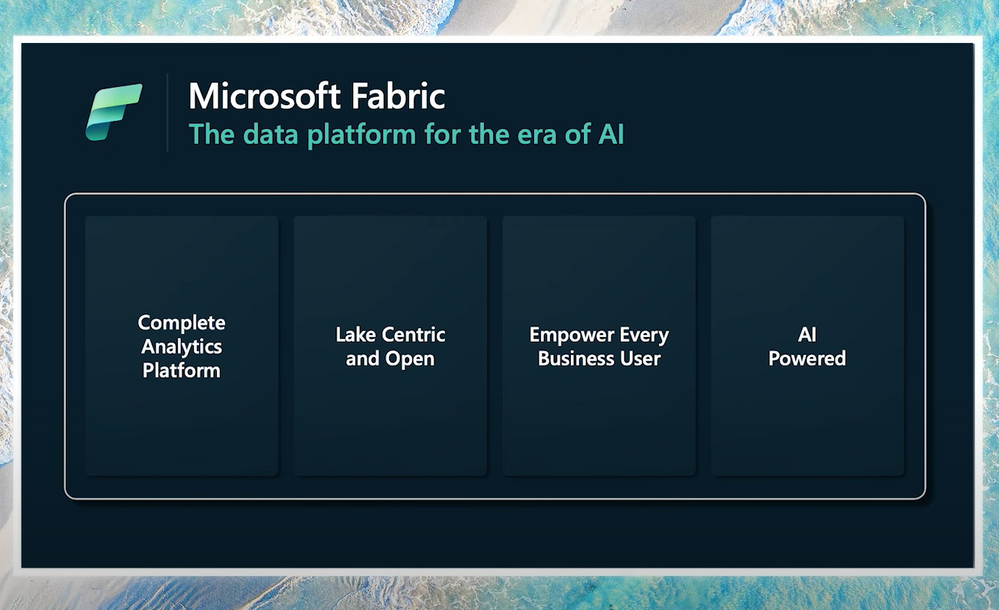In the world of data storage and management, two prominent players have emerged: Amazon S3 (Simple Storage Service) and HDFS (Hadoop Distributed File System). These solutions cater to different needs, and understanding their differences is crucial for making informed decisions in the era of big data. In this blog post, we’ll delve into the features, advantages, and use cases of Amazon S3 vs. HDFS providing you with valuable insights to choose the right storage solution for your needs.

Amazon S3: The Power of Object Storage
Amazon S3 is a highly scalable and durable object storage service provided by Amazon Web Services (AWS). It’s designed to store and retrieve vast amounts of data securely and efficiently. Key features of Amazon S3 include:
- Versatility: Amazon S3 is versatile, making it suitable for storing various data types, including documents, images, videos, and backups.
- Durability: Data stored in S3 is automatically replicated across multiple data centers, ensuring exceptional data durability.
- Scalability: S3 scales effortlessly to accommodate growing data volumes without the need for complex infrastructure management.
- Security: It offers robust security features, including data encryption and access control, to protect your data.
- Integration: S3 seamlessly integrates with other AWS services, making it a fundamental component for cloud-based applications.
http://informationarray.com/2023/09/14/amazon-s3-vs-amazon-redshift-choosing-the-right-data-storage-and-analytics-solution/
HDFS: The Foundation of Big Data Processing
HDFS (Hadoop Distributed File System) is a distributed file system specifically designed to support the storage and processing of big data. It is a fundamental component of the Apache Hadoop ecosystem. Key features of HDFS include:
- Data Distribution: HDFS distributes data across multiple nodes in a cluster, providing fault tolerance and high availability.
- Scalability: It scales horizontally by adding more commodity hardware, making it well-suited for big data workloads.
- Parallel Processing: HDFS enables parallel data processing by dividing large files into smaller blocks and processing them simultaneously.
- Data Replication: Like S3, HDFS replicates data to ensure fault tolerance. By default, it maintains three copies of each data block.
- Designed for Hadoop: HDFS is tailored for use with the Hadoop ecosystem, which includes tools like Hadoop MapReduce for distributed data processing.
Comparison Table: Amazon S3 vs. HDFS
| Criteria | Amazon S3 | HDFS (Hadoop Distributed File System) |
|---|---|---|
| Data Type Support | Versatile storage for various data types | Primarily designed for big data storage |
| Scalability | Scalable for storage needs | Scales horizontally for big data processing |
| Fault Tolerance | Data replication for durability | Distributed storage with replication |
| Integration | Seamless integration with AWS services | Tailored for use with Hadoop ecosystem |
| Query and Processing | Limited query capabilities | Designed for parallel data processing |
| Use Cases | Object storage, backups, cloud storage | Big data processing, analytics, and storage |
Making the Right Choice
Choosing between Amazon S3 and HDFS depends on your specific use case:
- Select Amazon S3 if you require versatile and cost-effective object storage for various data types, scalability, and integration with AWS services. It is ideal for storing files, backups, and unstructured data.
- Choose HDFS if you are working with big data and require a distributed file system designed for parallel data processing, fault tolerance, and integration with the Hadoop ecosystem.
http://informationarray.com/2023/09/14/amazon-s3-vs-mongodb-selecting-the-ideal-data-storage-solution/
Here are some FAQS based on Amazon S3 and HDFS
-
What sets HDFS apart from S3?
HDFS is a distributed file system tailored for big data processing, featuring data distribution, fault tolerance, and parallel processing capabilities. In contrast, S3 serves as an object storage service that offers versatile data storage but lacks native support for parallel processing and complex querying.
-
Does Amazon S3 rely on HDFS internally?
- No, Amazon S3 and HDFS are distinct storage solutions with no inherent connection. S3 does not utilize HDFS internally; they cater to different use cases.
-
Can S3 be used as a substitute for HDFS?
- In certain scenarios, S3 can serve as a replacement for HDFS, particularly for storing and distributing large datasets. However, the suitability depends on your specific use case and whether the parallel processing capabilities of HDFS are necessary.
-
Is HDFS generally faster than S3?
- HDFS is optimized for big data processing and may offer faster data access for specific workloads. S3 excels in durability and scalability but may not match HDFS’s speed for particular processing tasks. The performance difference varies based on workload and configuration.
Amazon S3 vs. Amazon RDS: A Comprehensive Comparison
Amazon S3 vs. MongoDB: Selecting the Ideal Data Storage Solution
Amazon S3 vs. Amazon DynamoDB: Finding the Ideal Data Storage Solution
In some scenarios, organizations use both Amazon S3 and HDFS in conjunction, leveraging S3 for storage and HDFS for big data processing. This combination harnesses the strengths of both solutions to create a robust data storage and analytics pipeline.
In conclusion, Amazon S3 and HDFS are powerful storage solutions, each with its unique strengths and use cases. By understanding your specific requirements and considering the features outlined in the comparison table, you can confidently select the storage solution or combination of solutions that best aligns with your data storage and processing objectives.










